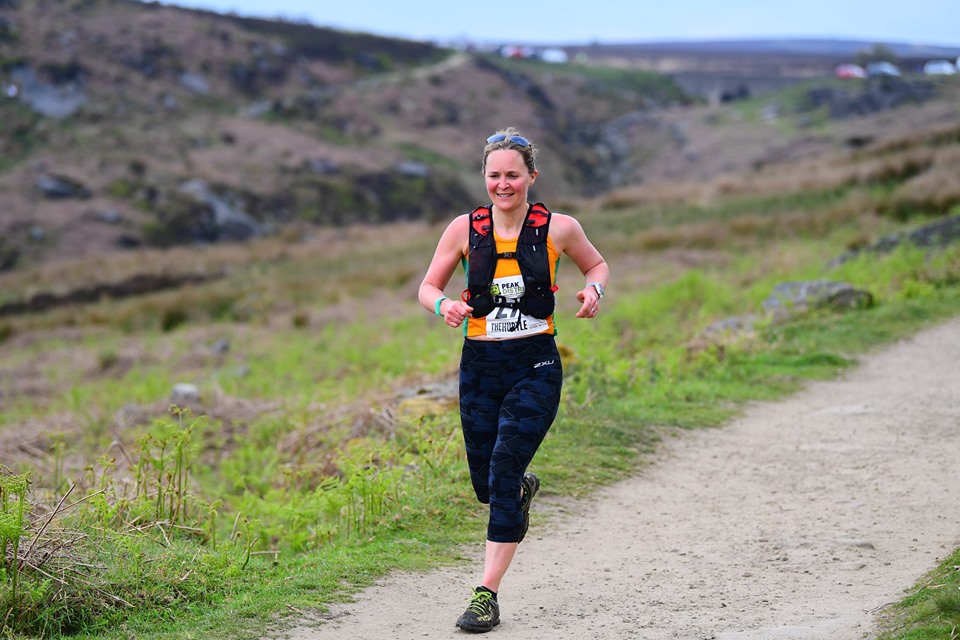Written by Scott Wagers, BioSci Consulting
The IMI-funded DRAGON project is pursuing a crowdsourcing project with the European Respiratory Society’s (ERS) clinical research collaboration, CONNECT. DRAGON is focused on developing diagnostic and prognostic tools for COVID-19. The consortium includes a very active patient advisory group.
One of the key elements of the project is developing a patient/doctor decision support tool. As you can imagine, not only is COVID-19 complex, but there is also a constant evolution of our knowledge around it. It is a natural fit to think about digital tools as a means to capture the whole patient experience on a day-to-day, even hour-to-hour basis, and then use that information to help make decisions about care.
Within DRAGON, the Belgian-based company COMUNICARE has been working to develop such a tool that provides not only a means of capturing data but also provides educational material. In conjunction with the ERS, European Lung Foundation (ELF), and BioSci Consulting, a process of integrating stakeholder feedback, mainly clinician and patient feedback, into the design and development of the tool has been undertaken. This has led to a tool that has been lauded by the patients during the DRAGON conference. However, there is a concern that hangs in the air and could be a major barrier to realizing the full potential of digital health to treat COVID. This is now more relevant than ever since Long COVID is a is difficult to easily describe and manage.
During the course of patient stakeholder consultations conducted by the ELF, the patient stakeholders expressed a concern:
“Post-COVID has changed or impacted the professional-patient relationship, and in the AI workshops we did as part of the Dragon project, that was something that was flagged up by patients as the real concern around using AI and digital tools. They are concerned about losing person-to-person interaction and the connection with the healthcare professional.”
This is a potential barrier for any type of digital health tool. So, a DRAGON team led by Pippa Powell, Director of ELF, reached out to the ERS CONNECT CRC, which is focused on digital health platforms in respiratory disease. Together, the groups decided it would be worthwhile to conduct a systematic review of the literature to see how this question has been addressed and if there is sufficient evidence to provide some insights on how to ensure that digital health tools enhance rather than damage the doctor-patient relationship.
Processing a mound of papers
When the initial search of the literature was done, more than 15,000 papers were returned. This created a dilemma. How were they going to work through all of those papers? Usually, systematic reviews are done by a student, postdoc, or a small team. Processing that many manuscripts would take some time, and nobody was directly funded to do this work. Yet, this represented an opportunity to do some important work.
The medical field has been talking for some time about the potential benefits of digital health, even assuming that it would naturally enhance the doctor-patient relationship. Yet, digital health has not yet fulfilled that promise. The effect on the doctor-patient relationship could be an important barrier to digital health adoption. Often, at this point, people decide to do a narrative review, in other words, select a few papers and summarize what they say. But that would not have the impact that a full-on systematic review would have.
In order to move this forward, the combined DRAGON-CONNECT team took a bold step. They asked all the participants in CONNECT if they would volunteer to process the manuscripts that were identified. They were surprised.
More than 30 individuals stepped forward to process the mound of manuscripts. That process went surprisingly fast after training everyone on a standard way of processing each manuscript. The teams are now in the process of analyzing the results.
Aside from providing the necessary effort, conducting this review as a crowdsourced effort had another benefit.
“We had people from different countries, different disciplines, and different career stages, and especially since each of the papers that we screened were screened by two people, we got a lot of different perspectives,” said Anshu Ankolekar, Postdoctoral Researcher at the Dept. of Precision Medicine, Maastricht University.
This multidisciplinary set of perspectives improved the process of screening papers, but where it perhaps has the most potential is in the interpretation of the analysis. So, keeping with the collaborative theme, this analysis and its interpretation are being carried out with a collaborative approach that includes patient stakeholders.
This is an excellent example of what is known as responsible research and innovation. In the wake of the genetically modified crop (GMO) controversy, the EU Commission devised the concept of responsible research and innovation. One of its key tenets is that stakeholders, citizens, are involved in a meaningful way beyond tokenism. According to the ladder of participation, even consultation does not count as true participatory involvement. According to the Commission, the idea is to embed society’s norms and values in the research and innovation process, and you can only do that when citizens are true participants.
In DRAGON, it was the citizens, patient stakeholders, who raised the research question, and they are helping in the interpretation of the results. A strong doctor-patient relationship is an important societal norm and something everyone values. You can imagine how digital health could forge forward and completely overlook the patient-doctor relationship.
Thanks to inclusive collective efforts like DRAGON and CONNECT, that risk is lessened. We are still awaiting the results of the co-analysis, but that is not the point of this article. The point here is that while meaningful engagement of stakeholders takes time and effort, it can also save time and create efficiencies. Crucially, though, it provides insights into blind spots that could hinder the progress of emerging research and technologies for decades to come.
The key ingredient
Both Powell and Ankolekar agree that the key ingredient that has made this crowdsourcing effort so remarkably effective is the topic. Digital health is important both in its potential positive and negative effects. Here, instead of just being passive receivers of innovation, individuals and organizations who have the most at stake with the implementation of digital health technology are helping to shape the process of diffusing this innovation.

Pippa Powell has headed up the European Lung Foundation (ELF) since 2005 and been in the role of General Secretary of Lungs Europe since 2018. Pippa has worked together with the Chairs to develop and grow both organisations. In addition to her background and PhD in biomedical science, Pippa has more than 20 years’ experience working in respiratory health. First as a journal editor and a medical writer. Then providing evidence-based information for patients, and working with the press and media to ensuring accurate reporting of respiratory science and awareness campaigns for the general public. Pippa has championed the role of the patient within science and has been working with professionals to find best practice for patient and public input into respiratory healthcare.

Anshu Ankolekar is a post-doctoral researcher at the Department of Precision Medicine, Maastricht University, with a focus on clinical decision support and shared decision-making. She earned her PhD in clinical data science, and her research primarily involves using data analytics and artificial intelligence to improve healthcare outcomes. She has been instrumental in developing patient decision aids and clinical decision support systems and her work focuses on integrating these tools into a shared decision-making process that balances the latest clinical evidence with patient values. Her efforts aim to ensure that technological advancements in healthcare are both accessible and practical for enhancing patient care.